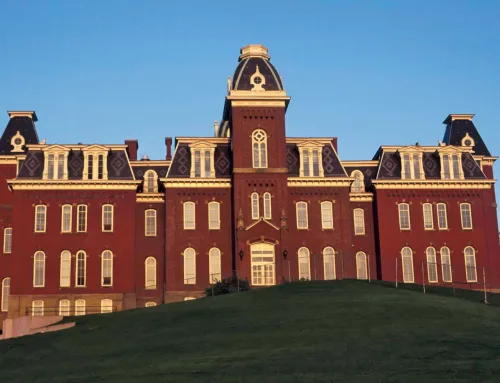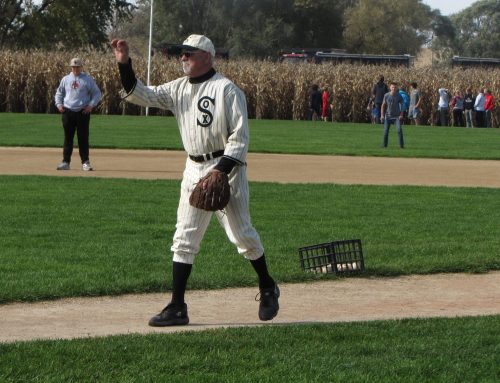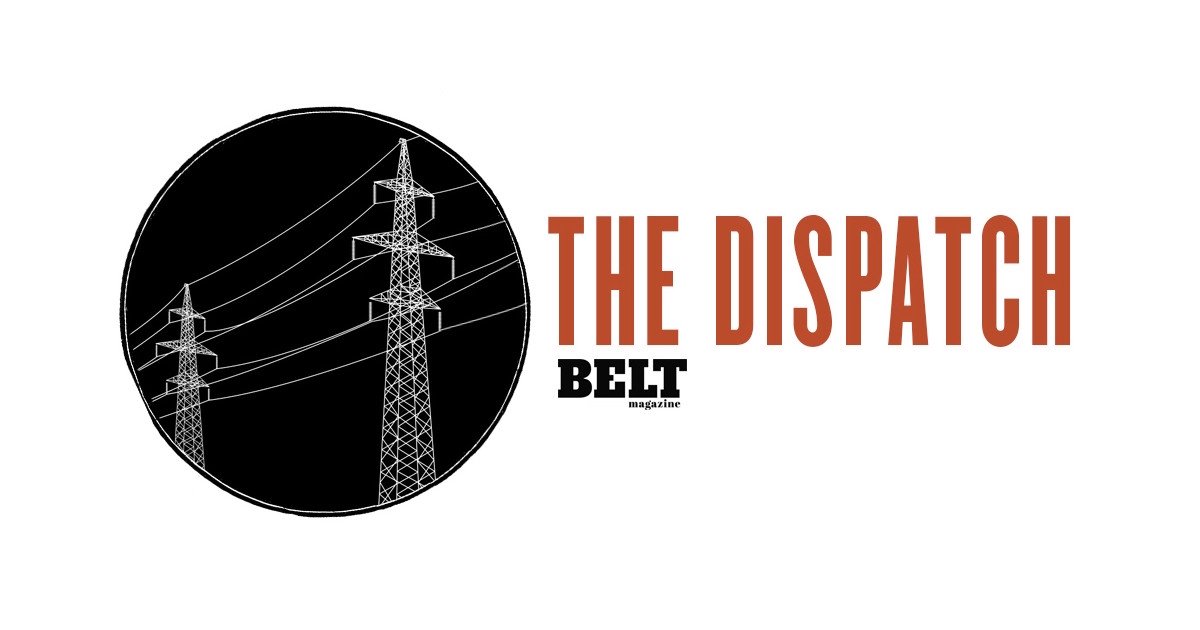That was the street-level windows of the big department stores back in the glory days of Christmas shopping before Walmart and Amazon teamed to suck the last dime from us while, at the same time, squeezing the last drop of joy from the season.
By Ed Breen
If you are a youngster – and by that, I mean under age 50 – here in the rural Midwest you likely have not seen one of the true and great joys of the Christmas holiday season.
That was the street-level windows of the big department stores back in the glory days of Christmas shopping before Walmart and Amazon teamed to suck the last dime from us while, at the same time, squeezing the last drop of joy from the season.
Indianapolis had L.S. Ayres and Block’s. Fort Wayne had Wolf & Dessauer. And in Chicago there was Marshall Fields; J.L. Hudson was in Detroit, Dayton’s in Minneapolis, Younkers in Des Moines, Rothchild’s in Kansas City, Kaufmann’s in Pittsburgh. I could go on, but you get the idea.
To each city there was its own and it became the locus of all things desirable and the seasonal home of Santa Claus. Even in Hoosier Jean Shepherd’s fictionalized Hammond – which he called Hohman – it was Higbee’s department store to which Ralphie and the Parker family journeyed for their fresh vision of hell in “A Christmas Story,” which, parenthetically here, remains for some of us the monarch of holiday movies.
Why, right here in Marion, we had the Ball Stores windows and Hills’ Department Store staring each other down at the intersection of Fifth and Washington streets. In that era of downtown retail, stores of all sorts had their seasonal window displays, but it was the department stores that elevated it to an art form. Talk to the old timers and they still get dewy-eyed describing Ball Stores windows in December.
In Fort Wayne, the annual lighting of the Wolf & Dessauer airborne Santa, sleigh and reindeer, suspended now from a bank tower, is still the semi-official launch of the season. It’s preservation for the better part of a century is a wonderful story we’ll save for another time; it involves a junkyard and 27,717 light bulbs.
Among the ironies of the late 20th Century is this: As the lights went out downtown and the windowless malls blossomed in the ‘burbs across rural America, it was the flickering image, mostly in black and white, on the TV in the living room that showed us how times were changing.
It preserves today in living color on Thanksgiving morning with the telecast of the Macy’s parade as it files past those mid-Manhattan windows. Though it is now more variety show than parade, the spectacle persists and perpetuates the mid-American myth. This year, among the high school bands marching on Fifth Avenue were those from Bourbon County, Ky., and Hamilton County, Indiana.
The New York Times, pecksniffing through the holiday last week, said of the city’s midtown attractions:
“The annual ornate department store window displays are spectacular — Saks’s light show and windows alone took more than 250 people around 40,000 hours to complete — but they are a dying art. There are now just a handful of department stores in New York City — Saks, Bergdorf Goodman, Macy’s and Bloomingdale’s — that still build the traditional, handcrafted window-framed scenes each year.”
“In interviews, four of the designers who oversaw this year’s displays shared their inspirations, a look inside the production process — which can last as long as nine months and cost upwards of hundreds of thousands of dollars.”
And this is where we have to introduce you to Frank Licciardi. Later in life he was Francesco Licciardi, but when he was barkeep at the First Stage saloon in downtown Dubuque, Iowa, he as just plain Frank.
Frank – Francesco – was always the artist and the walls of his college-town bar were adorned with his paintings of odd creatures from his Chicago Italian childhood neighborhood. Lots of clowns, which, of course, he called harlequins.
Frank was a little older than the rest of us and had migrated west from Chicago to the Mississippi River town because he, one day, was going to be a real artist and indeed so he did. He traded his saloon for a gallery somewhere in the late 1960s and years later moved into Charlestown, S.C. I’m told he titled his last Iowa show “Arrivederci.” Of course he did.
Anyway, I tell you of Frank because he had been a window artist – specifically a Christmas holiday window artist at Marshall Fields, right there beneath the clock at State and Randolph in the heart of the Chicago Loop. He knew all about how they got the kids’ arms to move and the snowman to tip his hat and how the electric train ran in an endless circle in that window.
He traded that for a bar full of college kids who, in those days, were going to change the world. But we also thought the holiday windows would last forever, too.
Ed Breen has been an Indiana journalist for 50 years. He was a reporter, photographer and editor at the Marion Chronicle Tribune from 1966-1995, when he became Assistant Managing Editor of the Journal Gazette newspaper in Fort Wayne.






